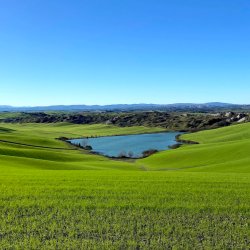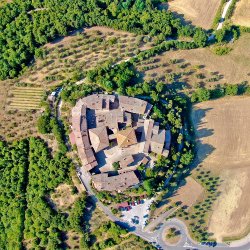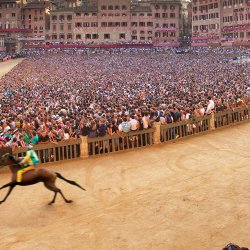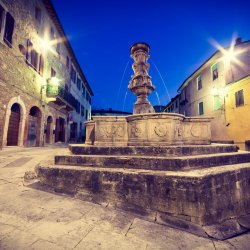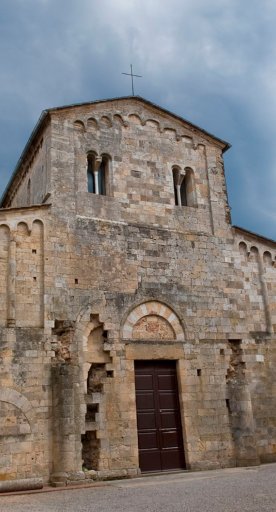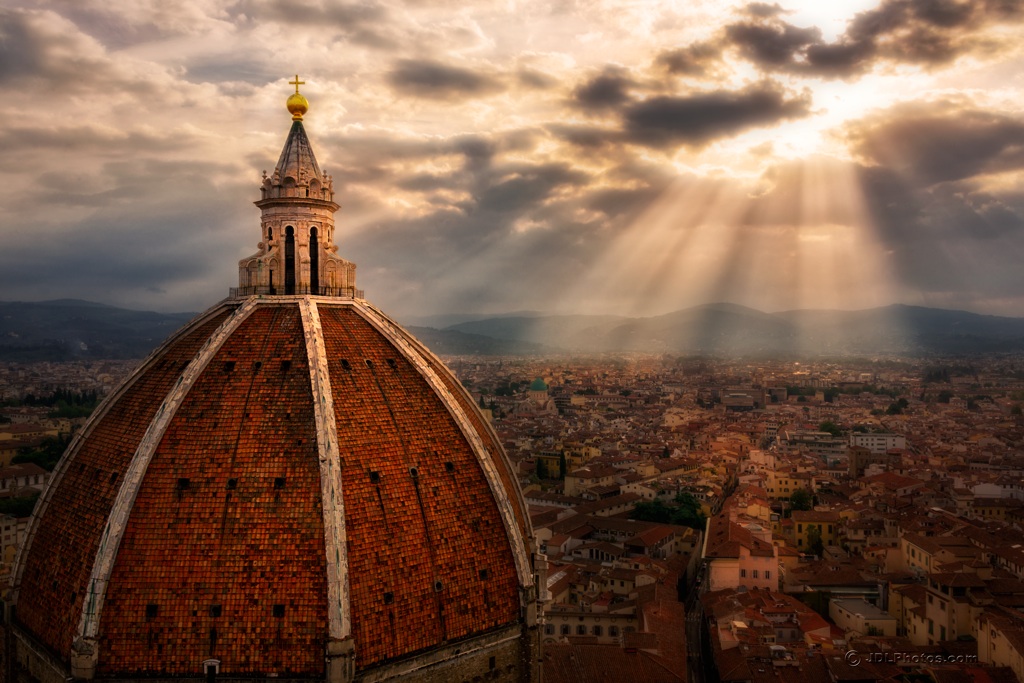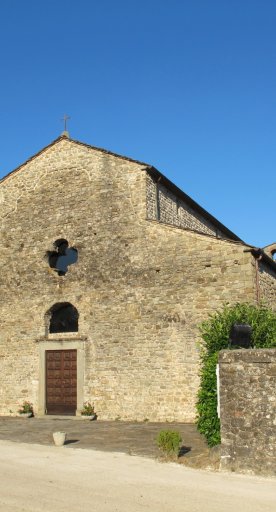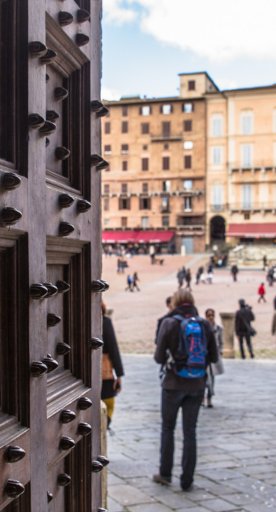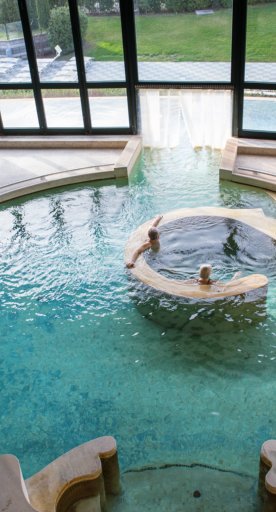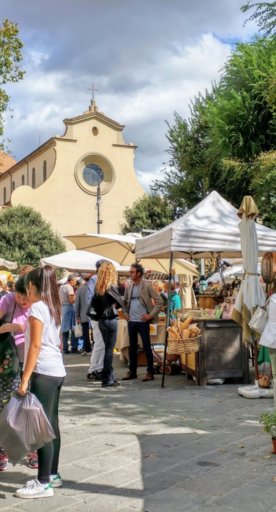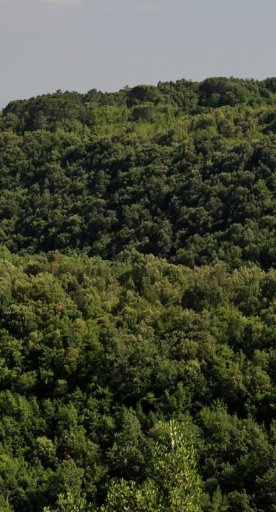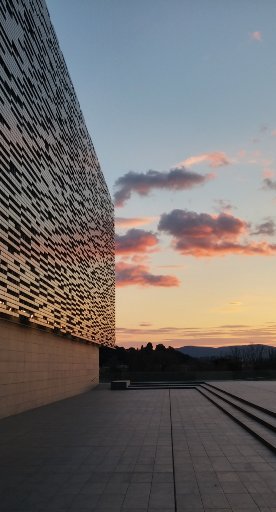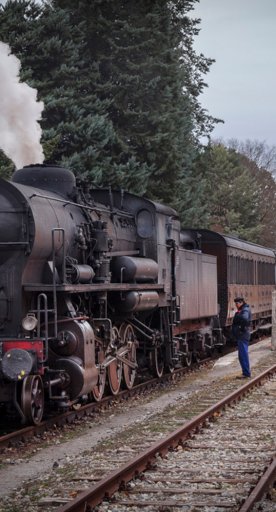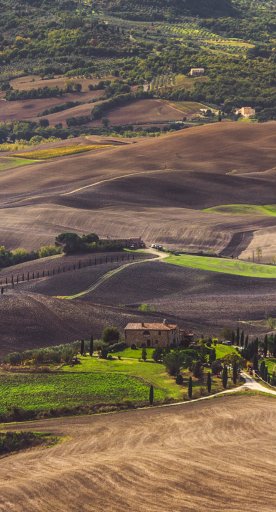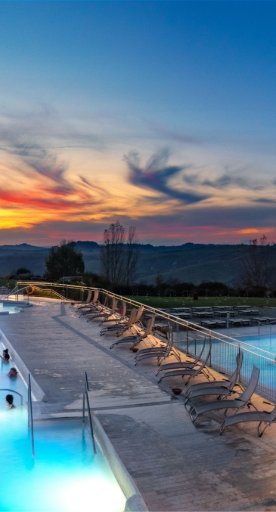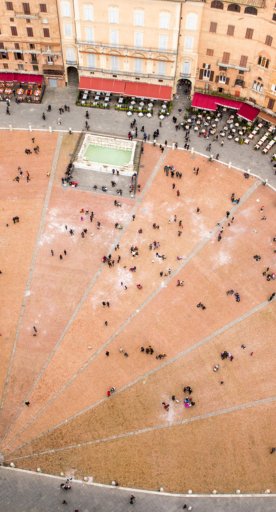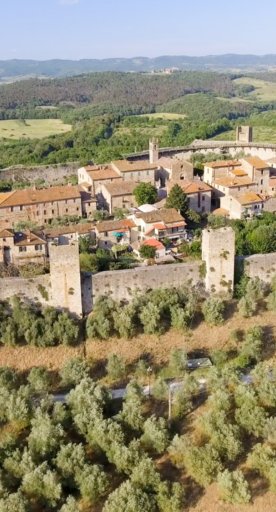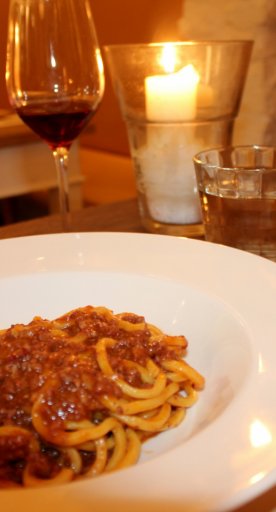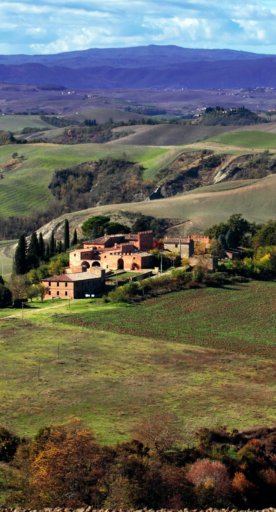6 baptisteries in Tuscany
From Florence to Volterra 6 baptisteries worth visiting
In Christian architecture, the baptistery was a structure surrounding the baptismal font in which, indeed, the rite of baptism was performed. In some cases the baptistery is separate from the church and the structure is often octagonal, as it represents the eighth day of the week (the day of the resurrection), but there are also circular structures.
Here are some baptisteries worth visiting!
-
1.Florence
-
2.Pisa
-
3.Siena
-
4.Pistoia
-
5.Volterra
-
6.Pietrasanta
Florence
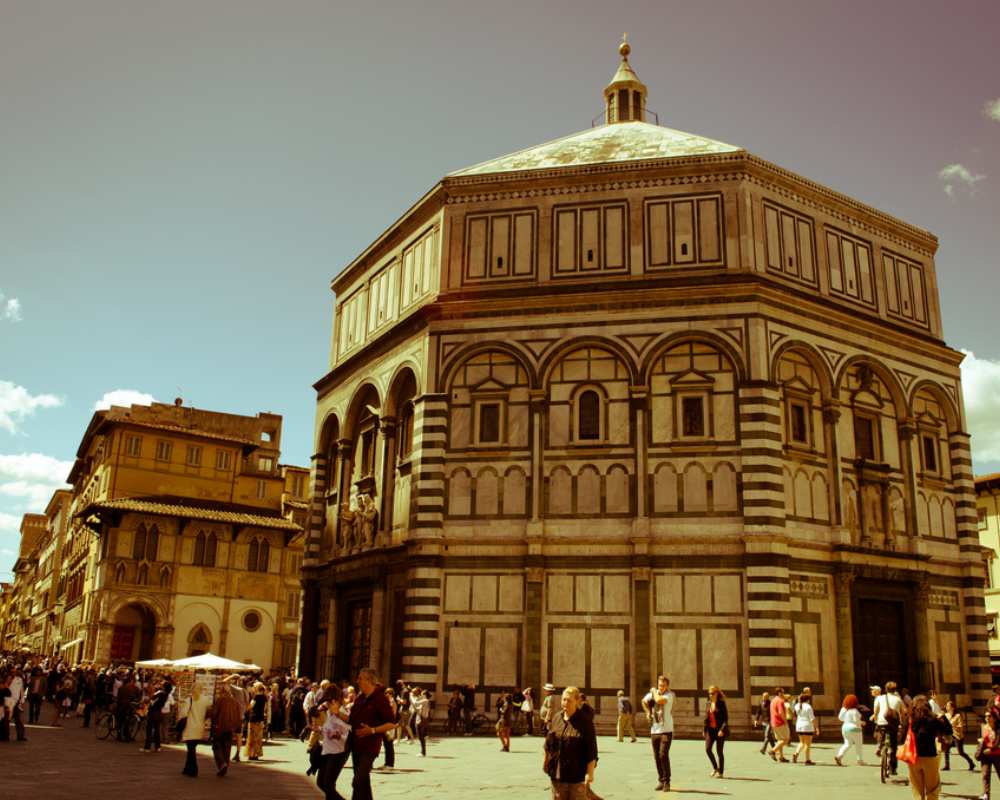
The Battistero di San Giovanni - located in Piazza Duomo – is one of the most ancient buildings in Florence: constructed between 1059 and 1128 in Florentine Romanesque style with the traditional octagonal plan, is entirely covered with slabs of white and green marble from Prato and is covered by an eight-segment dome that rests on the outer perimeter walls.
The monument we see today is the result of the expansion of a primitive Baptistery, dating from the 4th-5th centuries.
Inside, attention is immediately drawn by the precious mosaic of the dome, one of the largest in the world to be decorated with this technique.
The 13th century also saw the start of the interior mosaic decoration, which was entrusted to the artists of the new Florentine school of painting: Cimabue and Coppo di Marcovaldo.
On the outside, the Baptistery is also embellished by three beautiful bronze doors: the best known is the eastern door - called by Michelangelo the Porta del Paradiso - and represents the Renaissance masterpiece by Ghiberti and his assistants, including Luca della Robbia.
Originally, other great works of art were also located inside the Baptistery, such as the Maddalerna by Donatello, now visible in the Opera del Duomo Museum.
Pisa
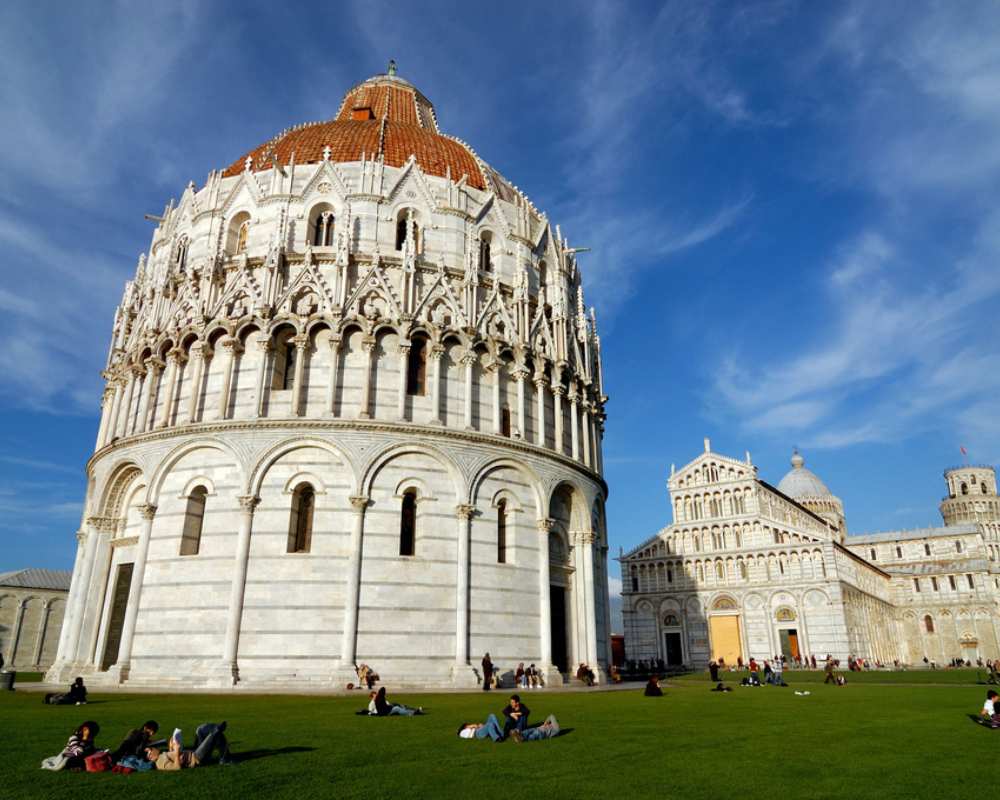
The Pisa Baptistery is one of the symbols of the famous Piazza dei Miracoli and is dedicated to San Giovanni Battista.
Its construction began in 1152 - replacing an earlier baptistery - and was completed in 1363: this is why the building has a characteristic mix of the two styles, Romanesque and Gothic.
The structure is circular with a circumference measuring 107.24 meters: it is the largest Italian baptistery.
In the center of the monument is the baptismal font and, near the altar, stands the pulpit from 1260, by Nicola Pisano, on which are carved scenes from the Life of Christ and other topics symbolizing the Virtues.
It was here, in 1564, that Galileo Galilei was baptized.
Siena
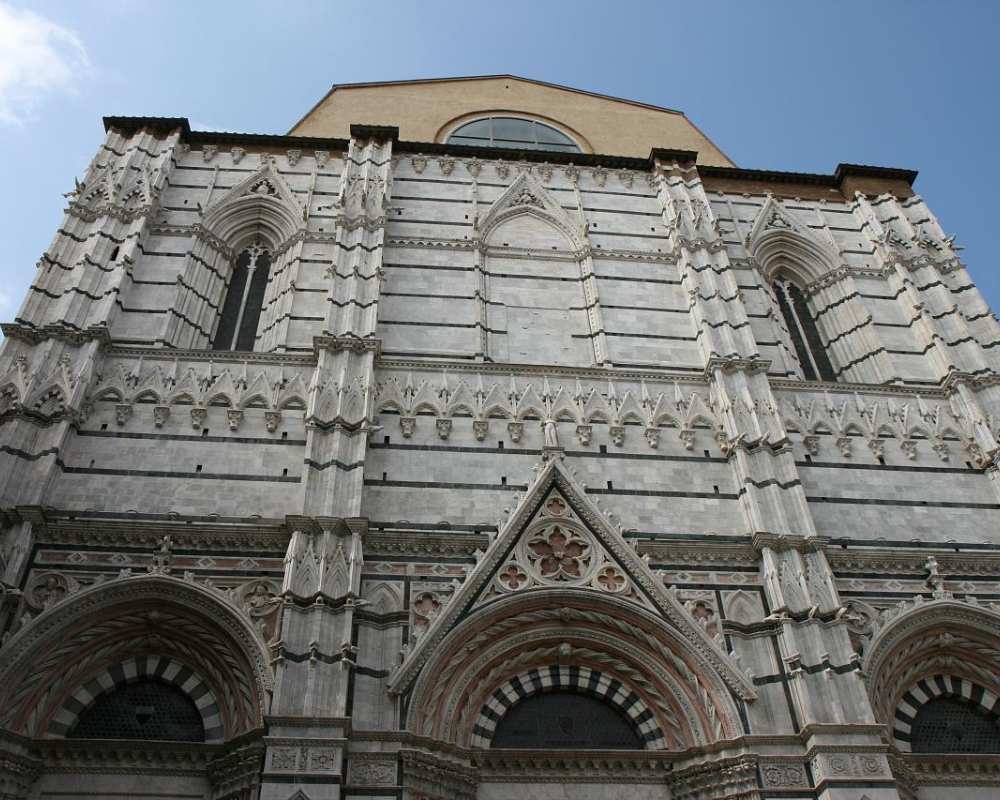
Behind the Duomo di Siena, an imposing flight of stairs leads to the magnificent Battistero di San Giovanni, built between 1316 and 1325.
The interior, divided into three naves with ogival vaults, is completely frescoed and is one of the most representative examples of 15th-century Sienese painting.
The twelve scenes reproduced in the vaults by Lorenzo di Pietro - known as il Vecchietta - between 1447 and 1450, narrate the Articles of the Creed.
Standing out in the center is the Baptismal Font, an extraordinary work in marble, bronze, and enamel created between 1417 and 1431 by major sculptors of the time such as Giovanni di Turino, Lorenzo Ghiberti, Donatello, and Jacopo della Quercia.
The Font consists of a hexagonal basin into which are inserted the six gilded bronze mirrors depicting the life of the Baptist, punctuated by the statues of virtue: two of these, Faith and Hope, were made by Donatello.
The cycle ends with the famous relief also made by Donatello in 1427: the Feast of Herod.
Pistoia

The Battistero di San Giovanni in Corte in Pistoia is the expression of the Tuscan Gothic and is the last medieval baptistery built between 1301 and 1366 in the wake of the great cities - Florence, Pisa, and Siena.
It is located in front of the Pistoia Cathedral in the beautiful square.
The Baptistery is built on the ruins of the old church of Santa Maria in Corte from which it will take part of its name. Initially it had a central plan with the baptismal font in the center.
Later Lanfranco da Como made the font as we see it today: his signature is found inside the font in oncialis characters - that is, in book capitals.
The renovation of the exterior structure was only begun around 1325 when the building sites were entrusted to Cellino di Nese based on a design by Andrea Pisano.
The entire exterior is based on the two-color scheme of white Carrara marble and green serpentine from Prato.
Volterra
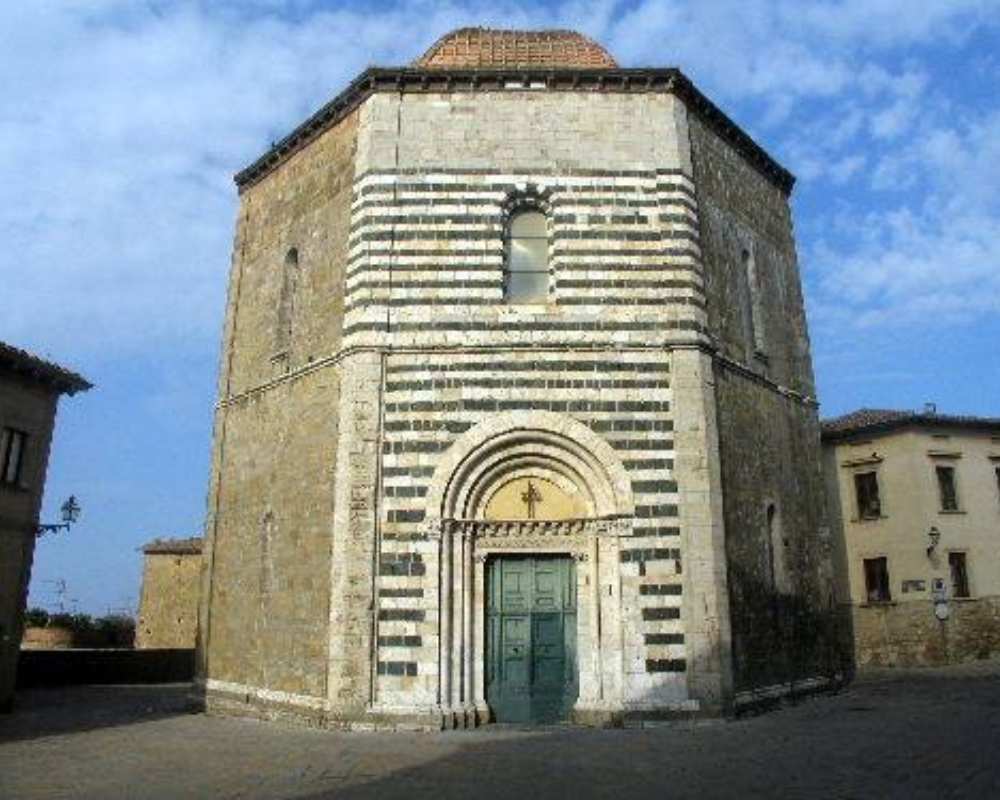
The Battistero di San Giovanni is located in the square of the same name in Volterra, opposite the Cathedral. It has been documented since before the year 1000.
Built on an octagonal plan, it has a distinctive feature: only one side of the structure (the one in front of the Cathedral) was decorated with green and white marble, in the Romanesque-Gothic style.
The execution of the portal, which took place in 1283, is evidenced by an inscription in hexameters that runs above and below the frieze.
On either side of the portal the capitals of the columns and pillars feature figured elements.
The interior in Volterra stone has six niches set into the thick walls, following a technique used in this area in the 12th century.
In the niche to the right of the high altar, where a panel painting by Niccolò Cercignani is located - known as Pomarancio - depicting the Ascension of Jesus, is the ancient marble baptismal font, in the shape of a pentagon sculpted in 1502 by Andrea Cuntucci, known as Sansovino.
Pietrasanta
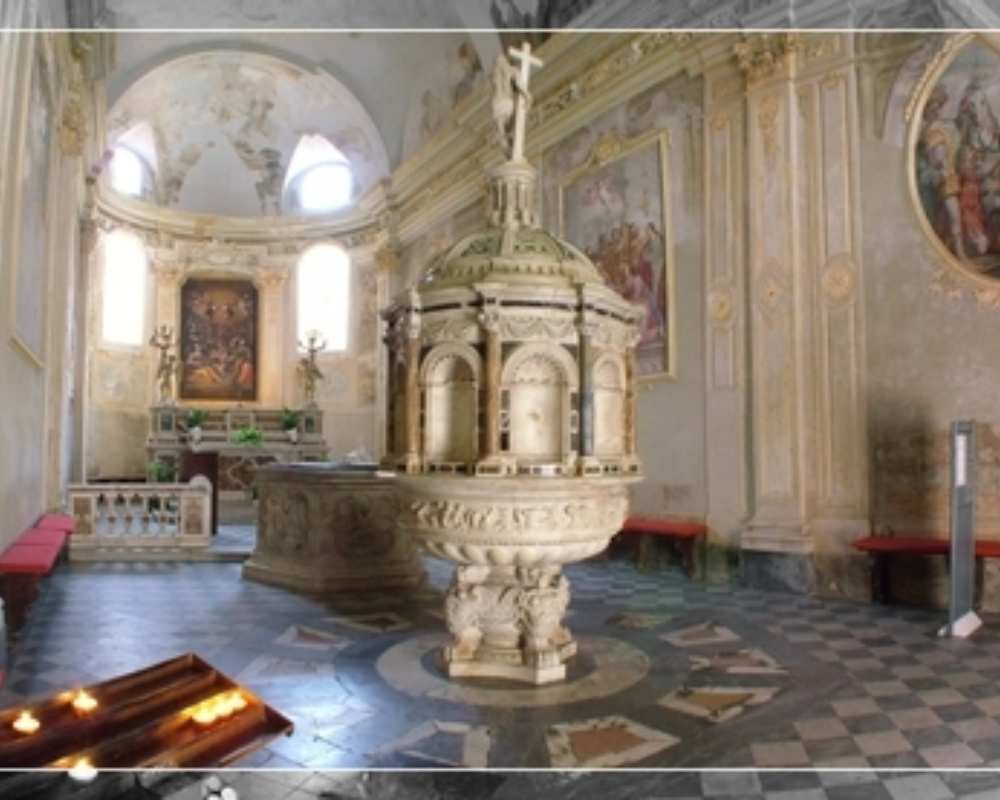
The Oratory of San Giacinto in Pietrasanta was erected in the 17th century and was commissioned by the Compagnia del Santissimo Sacramento, but the works of embellishment and arrangement continued for over a century.
Initially the structure was used as an oratory and only later was it transformed into a baptistery: today only the altarpiece remains of the original construction.
The baptismal fonts inside the building are beautiful: a hexagonal one from the 14th century made by Bonuccio Pardini, and a tabernacle one from the 16th-17th centuries.


